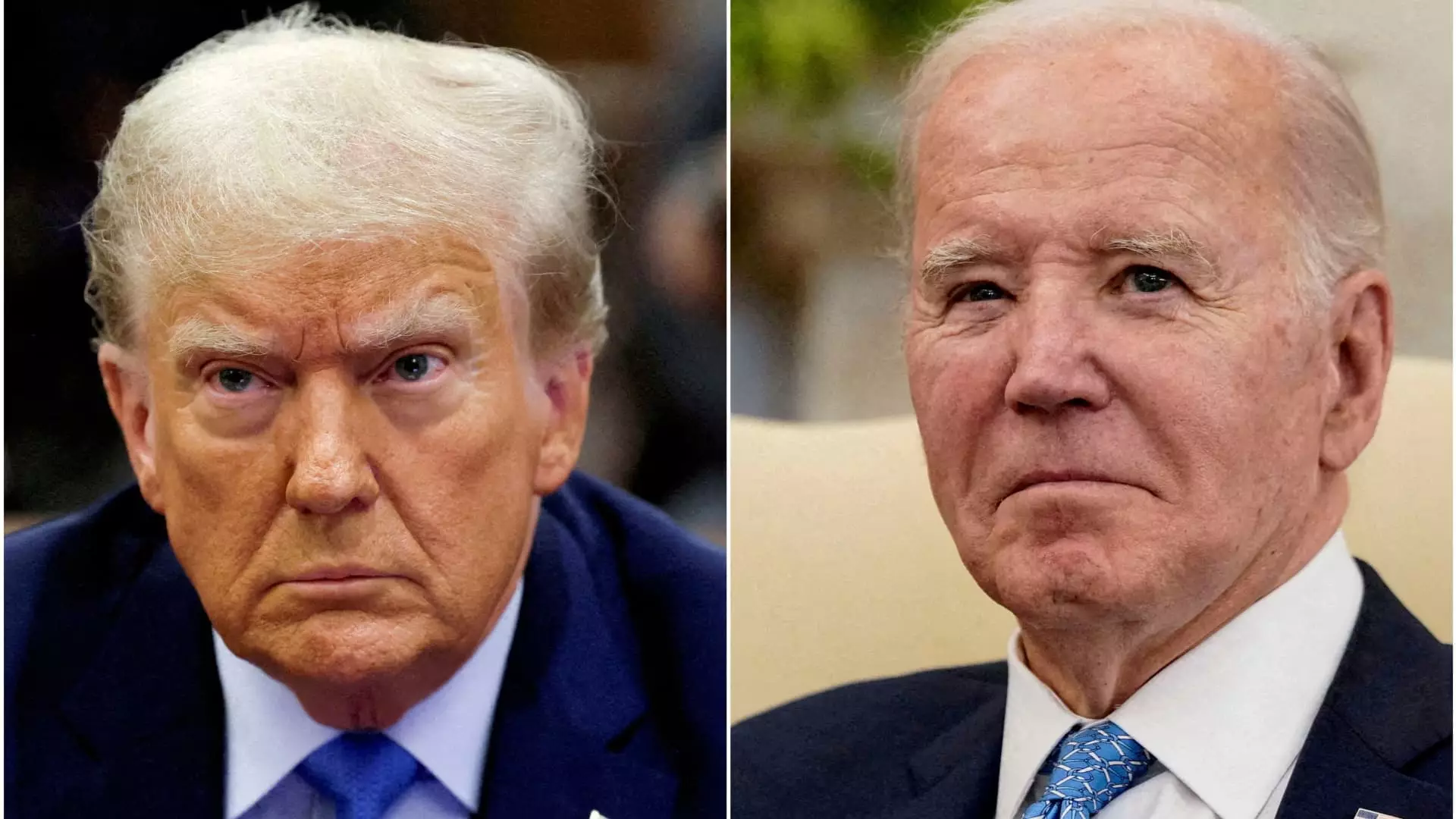As the 2024 U.S. presidential election draws near, the financial markets are gearing up to assess and analyze the potential impacts of the policy differences between the two major candidates, Donald Trump and Joe Biden. With less than 140 days to go, investors and analysts are closely scrutinizing the implications of the candidates’ positions on a range of key issues that could have far-reaching consequences for the economy and financial markets.
One of the critical areas of focus for the financial markets is the candidates’ stance on monetary policy. The Federal Reserve plays a pivotal role in shaping the country’s monetary policy, and the selection of key members to the Board of Governors can have a significant impact on market dynamics. While Trump’s picks during his tenure reflected a more hawkish approach, it remains to be seen how Biden’s selections would influence the Fed’s policy direction. Despite speculation about potential differences in inflation outlooks, the overall consensus is that there may not be substantial variations in monetary policy calibration or independence under either outcome.
Fiscal Policy
Fiscal policy is another key area of interest for financial markets, with investors closely monitoring the candidates’ records on government spending and deficits. Trump’s tenure saw a relatively stable debt-to-GDP ratio, while Biden’s approach to deficits has raised concerns among some market participants. However, the overall consensus is that neither candidate advocates for strict fiscal austerity, and the debt and deficit storylines are expected to remain consistent regardless of the election outcome.
Trade policy is an area where both candidates exhibit a protectionist stance, with neither emphasizing a strong commitment to free trade. While Trump’s tariffs and tough stance on China have been notable features of his presidency, Biden’s approach to trade policy has not deviated significantly from his predecessor’s policies. The lack of major policy differences in this area suggests that trade policy may not be a significant driver of market movements following the election.
Immigration Policy
Though there are substantial differences in the candidates’ immigration policies, these variances may not have a substantial impact on financial markets. The economic implications of changes in immigration policy may be nuanced and complex, with the potential for effects on wage levels and aggregate demand. However, in the context of the broader market landscape, the immigration policy disparities between the candidates may not be significant enough to sway market sentiment in a meaningful way.
Regulatory policy emerges as a critical factor that could drive significant market movements in the aftermath of the election. Trump’s track record of deregulation has been a defining feature of his presidency, with expectations of further deregulatory actions under a potential second term. Deregulation across sectors such as energy, healthcare, technology, and finance could act as a catalyst for market optimism and positive supply-side shocks. In contrast, a Biden victory may result in a more status quo scenario for financial markets, with the potential for regulatory continuity across key sectors.
The 2024 U.S. presidential election presents a unique juncture for financial markets, with the policy differences between the candidates playing a crucial role in shaping market sentiment and dynamics. While areas such as monetary and fiscal policy may not yield significant variations under different administrations, regulatory policy stands out as a key driver of potential market movements. As investors brace for the election outcomes, the impact of regulatory changes on sectors and industries could be a focal point for market participants seeking to navigate the post-election landscape.

